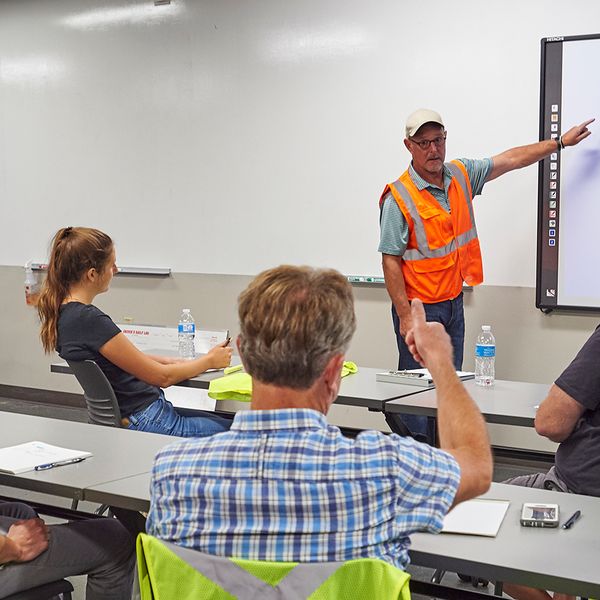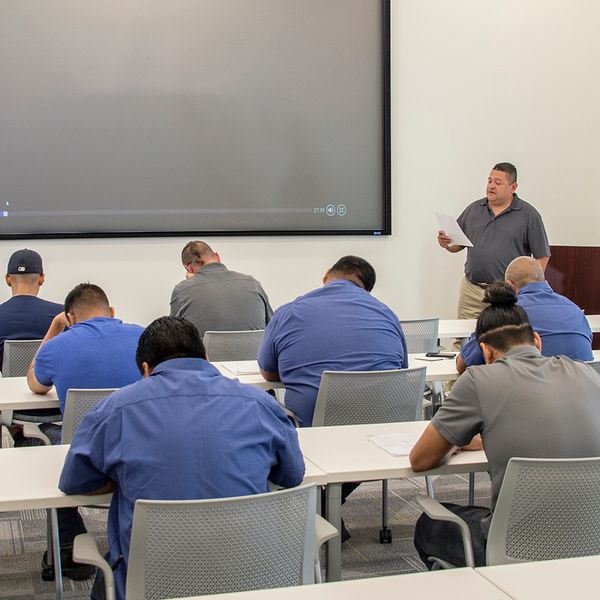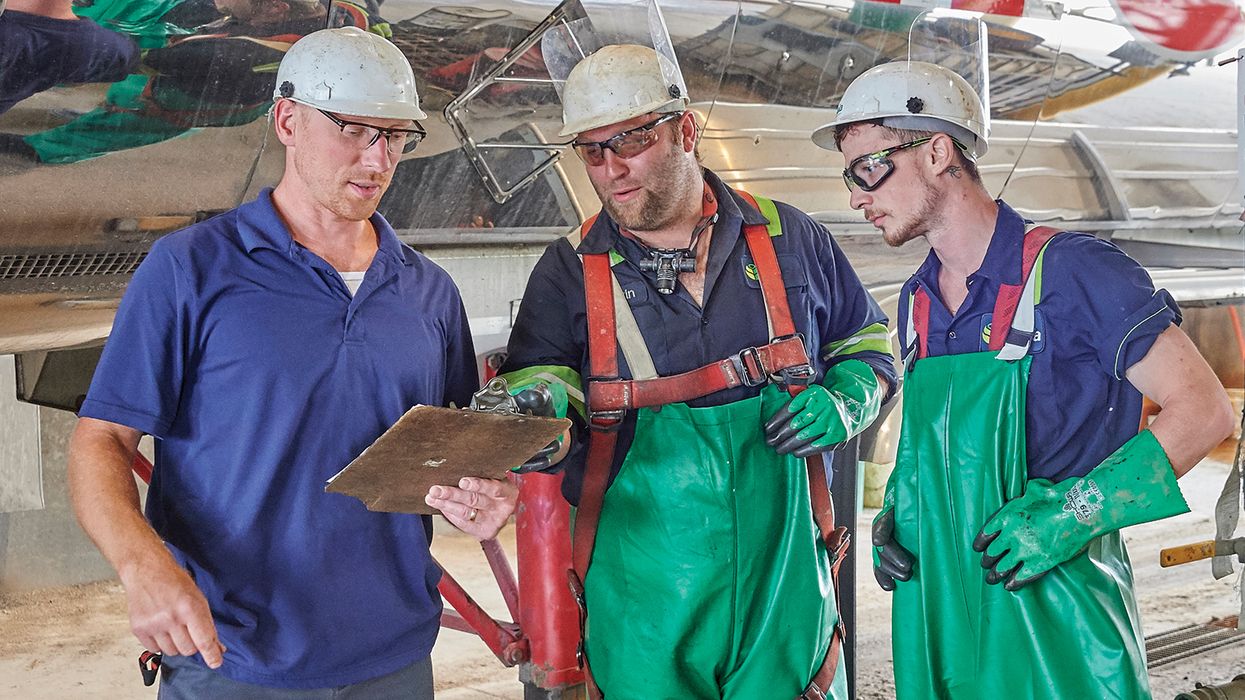Refresh your knowledge about training requirements
Training is an essential part of safety management. I always thought of it as a bridge between understanding OSHA’s requirements and having an effective workplace safety program. Employers can have the best training plans, but they also need to teach workers how to work safely.
If your training instructors aren’t competent, workers may lose faith in the safety program. Workers also need regular refresher training about how to work safely. Building an effective training program requires focusing on these three core areas:
- Performing training with competent trainers,
- Knowing what OSHA’s training requirements are, and
- Conducting refresher training.
The core areas above aren’t an all-inclusive list. But they’ll give you a baseline for creating effective training programs. Reinforce the value of training and the importance of following procedures. Supervisors are in the best position to provide this daily training reinforcement, feedback, and support.
Although supervisors must correct training violations, they should also recognize workers for applying them correctly. If supervisor feedback is always negative, employees will likely grumble about all the rules and lose focus on using their training. Supervisors should give positive feedback for doing things well and recognize accomplishments, such as following rules or applying safety training.
Instructor training
OSHA doesn’t require specific training courses for instructors. Instead, standards describe the knowledge trainers must possess, which they gain through education, experience, or a combination of both.
The powered industrial trucks regulation at OSHA section 1910.178 requires the ability to both train and evaluate operators. For example, verify that your forklift instructors have proper knowledge, training, and experience. Trainers must also be competent and have experience with the equipment (truck type) or attachment operators will use.
Knowledge and experience alone don’t make a good trainer, however. The instructor must convey information effectively, in an engaging manner, and answer questions from trainees. Instructors may benefit from training on developing and presenting material, understanding audiences, and appealing to different learning styles.
OSHA training requirements
Many OSHA regulations require training, and others imply a need for training. For instance, Emergency action plans under 1926.35 require employers to develop “procedures to be followed by employees,” although the word “training” doesn’t appear in that section.
The training each employer must provide depends on its operations. If employees use hazardous chemicals, they need hazard communication training. Each employer must determine which regulations apply, then determine if the regulation requires training.
Annual refresher training
Quite a few regulations require annual training. Among them are Occupational Noise Exposure, HAZWOPER, Respiratory Protection, Fire Brigades, Portable Fire Extinguishers, and Bloodborne Pathogens (but there are others).
In addition, some standards require evaluations, like three-year evaluations of powered industrial truck operators. Some regulations don’t specifically mention refresher training but require reviews, such as periodic inspections under lockout/tagout.
Even where refresher training isn’t required, providing it may be a good idea. Suppose employees do not retain information and cannot answer questions about their training (possibly delivered several years ago). In that case, your company could receive an enforcement action from OSHA.
Key to remember: Review your training programs and ensure competent trainers are available, regular refresher training occurs, and OSHA’s training requirements are clearly understood and followed. Workers’ safety is dependent upon effective training.































































